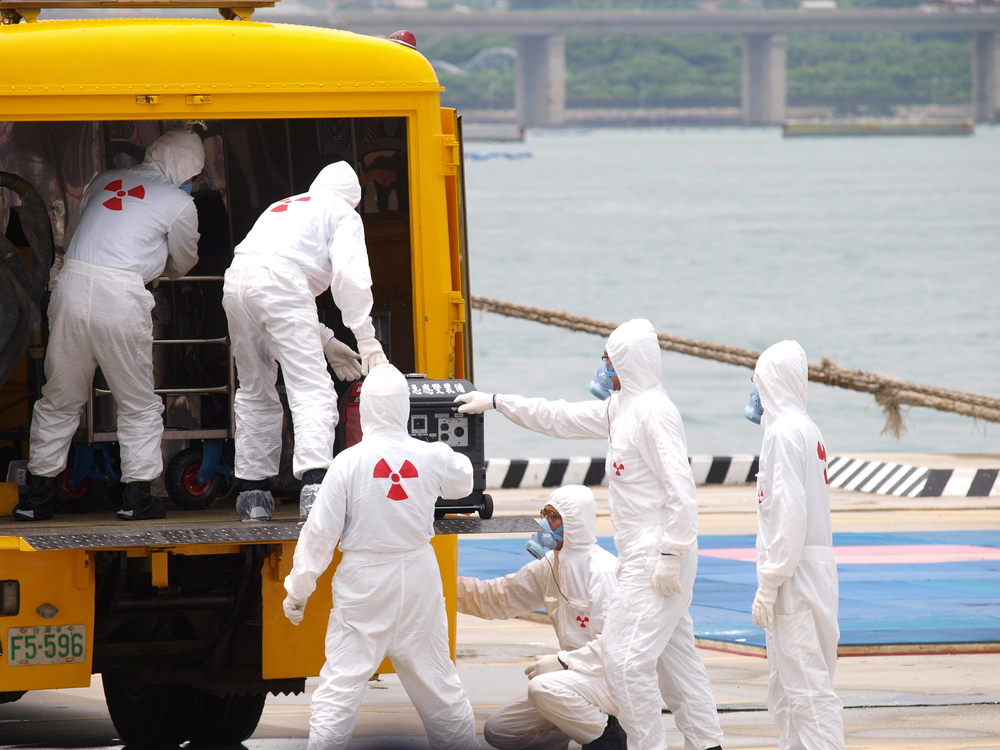
Following identification of the need to quickly share information across jurisdictions, the Science and Technology Directorate (S&T) of the Department of Homeland Security has been working with the RadResponder network on several national, radiation-focused tools.
This partnership has been in effect since 2015 and has yielded a national network for radiation data aggregation, meant to give emergency managers a united picture of unfolding events and grant individuals and groups alike easy online access. Since this network’s creation, they have also worked together to utilize a tool known as Rad Decon — a common information source for experts to draw from during disaster preparation. Additionally, they created the Radiological Operations Support Specialist (ROSS) toolkit to organize reference material for radiation specialists.
“RadResponder is constantly evolving,” FEMA’s RadResponder Program Manager James Blais said. “S&T has been very active lately, helping with ROSS and Rad Decon, to spot needs and provide insight and perspective slightly different than what we had.”
RadResponder constantly updates itself and breaks down communication barriers between various organizations that might not have been so easy to do otherwise. Blais explained it as having the potential of a sort of social network for radiation experts, and more organizations are signing on every year, growing its reach and efficacy. It also provides videos, information on past drills and exercises, training information and other useful data, catalogued with dashboards filled with charts, graphs and a variety of filters.
Rad Decon provides what its creators call discussion support, giving users flexible insight into how to respond to emergencies based on a variety of factors like radiation type, landscape or time of year, without spitting out rigid guidelines. Radiological situations are not, after all, one size fits all. Users can set their parameters and priorities to prioritize their strategies and research a host of potential solutions.
“The Rad Decon tool is designed to take you from all your options to a couple key options,” Ben Stevenson, an S&T Program Manager located at NUSTL, said. “We want responders to have the ability to collect data and make decisions quickly and more efficiently.”
Created in May, the ROSS toolkit works to more tightly integrate subject matter experts, granting streamlined analyses and improving the quality of information provided to first responders across the country.




